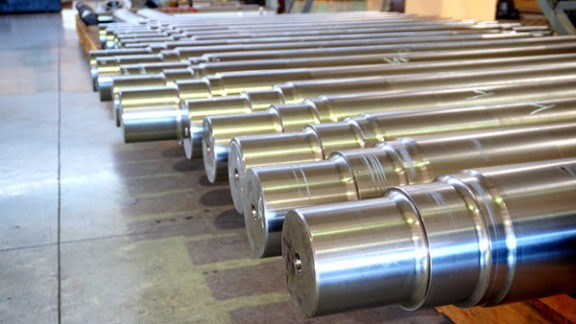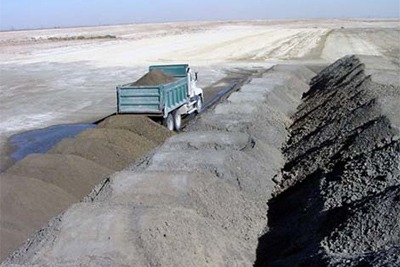In a recent article for the American Coal Ash Association (ACAA), Jay Peters discussed the benefits of using a risk assessment framework to understand the health risks of coal combustion residuals (CCR). Peters argues that this framework offers an antidote to the “rampant misinformation” about CCR, providing “clear communication on risk assessment results that are based on science and not speculation.”
The article, “Using risk assessment as a framework for managing risk and perception,” begins on page 20 of the linked PDF and explains the basic steps and concepts that drive risk assessments, including exposure pathways, toxicity values, the hazard index, and the cancer risk range and how they are applied to different regulatory programs that deal with hazardous sites and the understanding of potential risks posed by CCR. The article also reviews the recent Environmental Protection Agency risk assessments of CCR disposal and management units and how they have influenced the regulation of CCR.
Jay highlights the importance of understanding background environmental conditions and actual exposure scenarios when evaluating the risks posed by CCR. He notes that the risk from radiation associated with CCR is similar to the risk from soil, rocks, and other everyday sources, and he suggests that further action is not needed if the risk associated with CCR is indistinguishable from these background conditions. Risk assessments, Jay argues, can help present the scientific case for this position to stakeholders.
Read the full article, which begins on page 20 of the ACAA’s publication Applications, Science, and Sustainability of Coal Ash.



